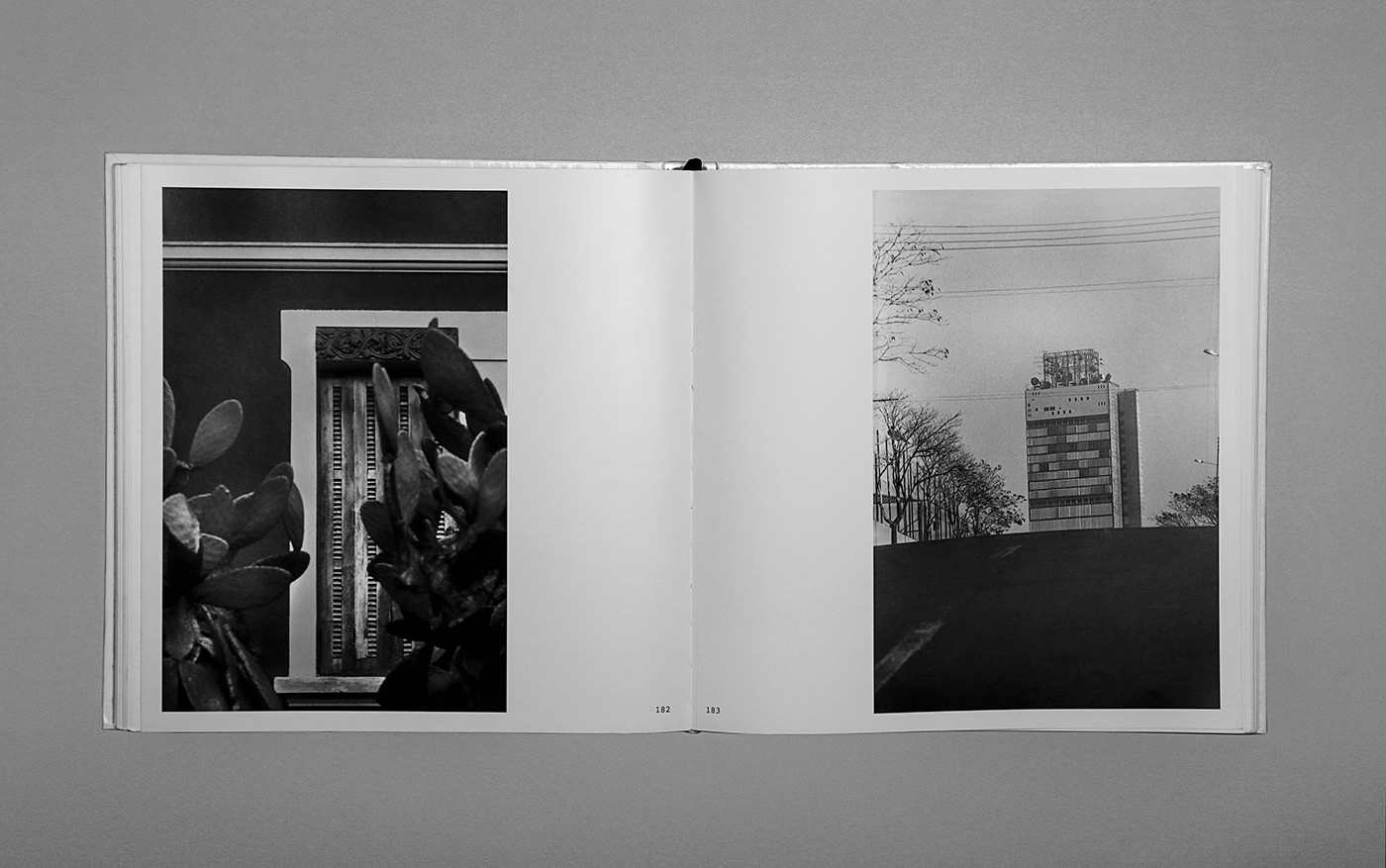



PT
CURITIBA CENTRAL
1979-2013
Desde o final dos anos 70 até 2013, VS registrou o centro da capital paranaense, evidenciando as profundas modificações ocorridas pelo espaço urbano ao longo deste período. As fotografias provocam sensações distintas ao leitor, como se existissem várias cidades em um mesmo espaço. O trabalho tem como referência o anel central determinado pelo Instituto de Pesquisa e Planejamento Urbano de Curitiba, formado pela Avenida Sete de Setembro até a Alameda Augusto Stellfeld e da Rua Desembargador Motta até a Rua Ubaldino do Amaral.
A obra permite uma viagem no tempo e na memória: da arquitetura de madeira do século passado que remete à colonização para as modernas construções, retratadas em detalhes. “Curitiba e eu crescemos e mudamos juntas. O observador resgata nas fotografias o patrimônio urbano que remete a diferentes épocas da nossa cultura e ajuda a entender a Curitiba do centro atual”, afirma Vilma.
O pesquisador e curador de fotografias Rubens Fernandes Junior destaca a valorização dos detalhes nos registros da artista. “Ela tratou a cidade como um desenho lógico valorizando o fragmento, o detalhe, as marcas dos seus gestores, as fontes e os chafarizes, os edifícios representativos da identidade cultural do cidadão. Enfim, sua fotografia é essa espécie de desenho lógico criada na imprecisão do acaso das suas andanças pela região. Através das suas fotografias podemos entender a cidade como um palimpsesto, ou seja, camadas de memória e de tempos que provocam distintas sensações. É como se pudéssemos ver várias cidades na mesma cidade”, afirma o crítico.
EN
CURITIBA DOWNTOWN
1979-2013
From the late 70s until 2013, Vilma Slomp registered shots of Curitiba downtown, highlighting the profound changes that have occurred at urban space over this period. The photographs provoke different feelings to the reader, as if there were several cities in the same city. The work has as reference the downtown area according to the Research and Planning of Urban Curitiba Institute, including Sete de Setembro Avenue to Alameda Augusto Stellfeld and Judge Motta Street to Ubaldino do Amaral Street.
The work allows a journey through time and memory: the wooden architecture of the last century which refers to the colonization to the modern buildings, portrayed in detail. "Curitiba and I grow and change together. The observer rescues in the photographs the urban heritage that goes back to different times of our culture and helps to understand the current downtown of Curitiba, "says Vilma.
The researcher and photographs curator Rubens Fernandes Junior highlights the appreciation of details in the artist's records. "She treated the city as a logical design valuing the fragment, the detail, the marks of their managers, the sources and fountains, representative buildings of cultural identity. Finally, your picture is this kind of logical design created in the vagueness of the chance of her travels through the region. Her photographs helps us to understand the city as a palimpsest, that is, memory layers and times that cause distinct sensations. It is as if we could see several cities in the same city, "said the critic.































tratamento de imagens (image treatment) Vilma Slomp
textos (texts) José Carlos Fernandes, Key Imaguire JR, Rubens Fernandes JR, Vilma Slomp
tratamento de imagens (image treatment) João Marcelo Leal
impressão (printing) Posigraf
ano (year) 2013
exposição (exhibition) Museu Oscar Niemeyer
-
projeto gráfico (graphic project) Rafael Slomp de Azevedo
rafael@voar.art.br






